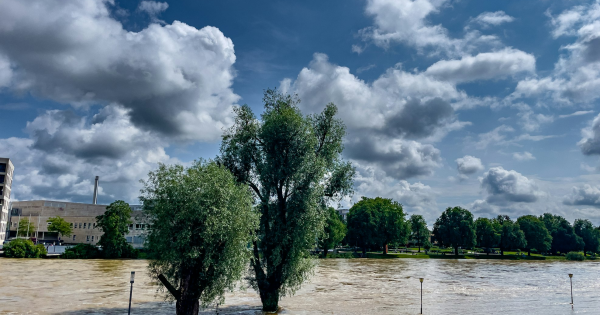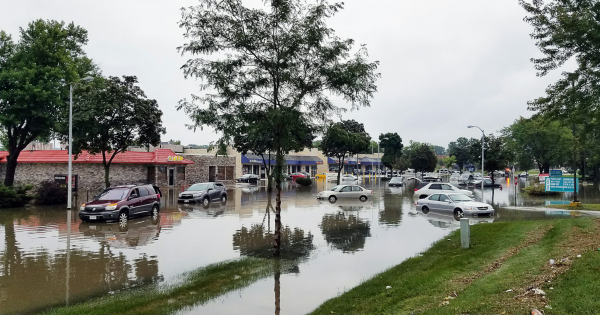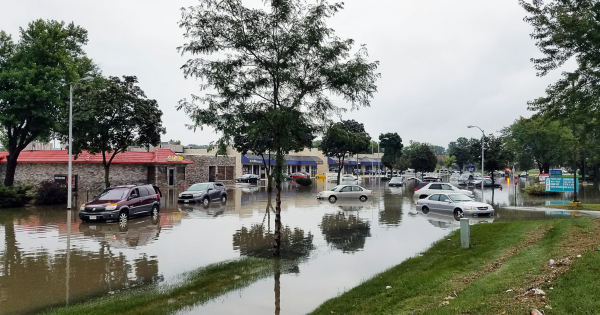Flood Warning
Flooding is occurring or will occur soon in your area. Move to higher ground immediately and avoid walking or driving through floodwaters.
See the current LIVE alerts.

What is a Flood Warning?
A Flood Warning is an official alert issued by meteorological agencies when flooding is imminent or already occurring in a specific area. This warning indicates that conditions have been met or exceeded for flooding of rivers, streams, or urban areas, potentially causing hazardous conditions.
When is a Flood Warning Issued?
A Flood Warning is typically issued after heavy rainfall, rapid snowmelt, or dam failure, when there is a credible threat of flooding. It is a call to immediate action as the risk of flooding is either occurring or expected soon, posing a danger to life and property.
How to Prepare for a Flood Warning
1. Stay Informed: Keep up-to-date with local weather reports and alerts via radio, television, or mobile notifications.
2. Create an Emergency Plan: Have a family communication plan and determine a safe meeting place. Know the safest routes to higher ground.
3. Assemble an Emergency Kit: Prepare a kit with essentials such as water, non-perishable food, medications, a flashlight, batteries, and first aid supplies.
4. Secure Your Property: Move valuables and important documents to higher levels, and disconnect electrical appliances to prevent electrical hazards.
5. Heed Evacuation Orders: If local authorities advise evacuation, do so immediately and follow recommended routes. Avoid walking or driving through floodwaters.
Safety Tips During a Flood
1. Avoid Floodwaters: Do not attempt to walk, swim, or drive through floodwaters, as they can be deeper and faster-moving than they appear.
2. Stay Informed: Continue listening to updates and instructions from local authorities. Keep a battery-powered radio handy for emergency broadcasts.
3. Be Cautious of Electrical Hazards: Avoid downed power lines and electrical wires, which can be extremely dangerous during floods.
4. Stay Safe Indoors: If you are unable to evacuate, move to the highest level of your home and remain there until it is safe to leave.






